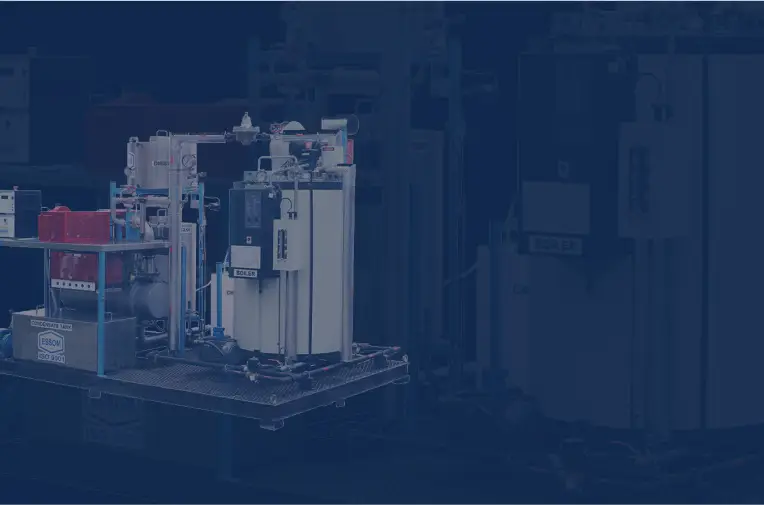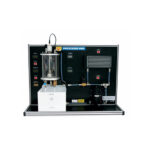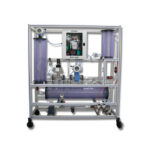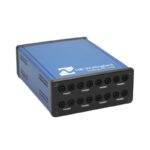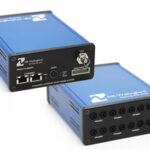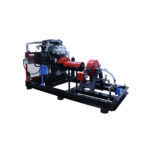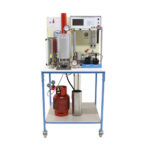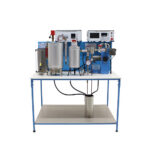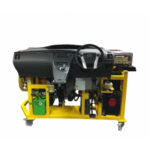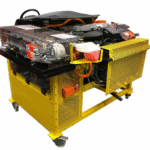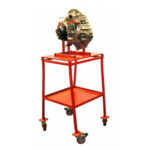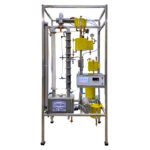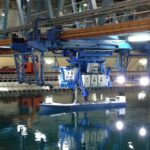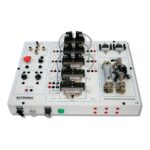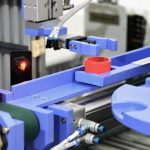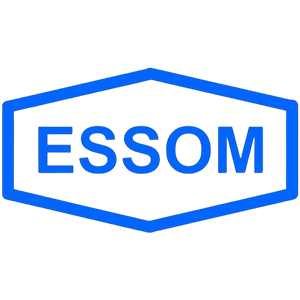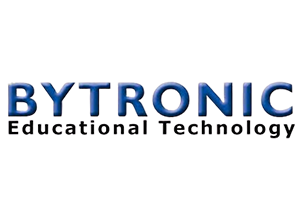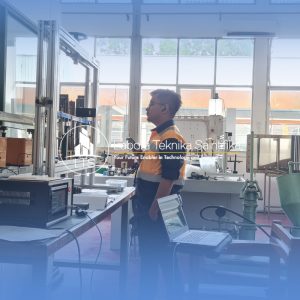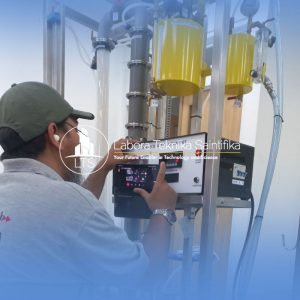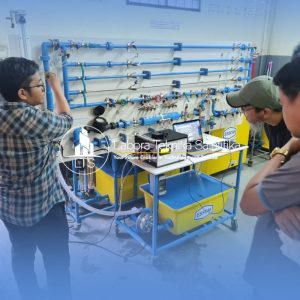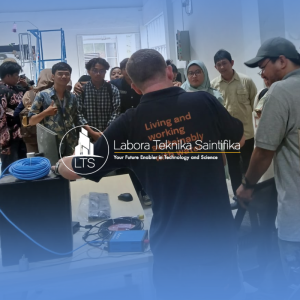Air Flow and Thermodynamics
Compact Steam
Turbine Power Plant 1.5 kW
The unit is designed to simulate modern steam power plant. Main components consist of a feed water system, a small industrial boiler, a steam turbine, a generator and lamp load, a condenser with a condensate tank and a pump, and…
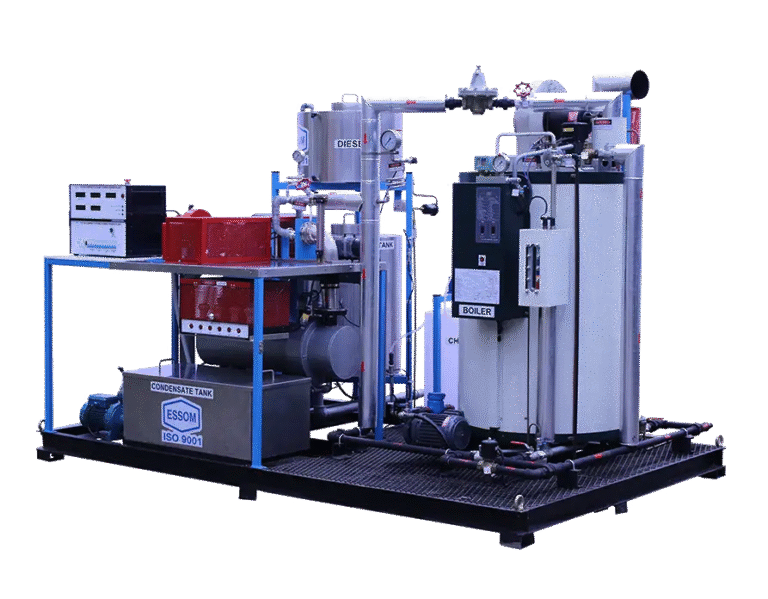
Automation
Five Axis
Robot Arm
The 5ARA is a complete self-contained five axis vertically articulated robot arm system designed for bench top automation. The hand terminates in a mounting plate for grippers, and comes standard with electric gripper fitted. The 5ARA uses light weight, high…
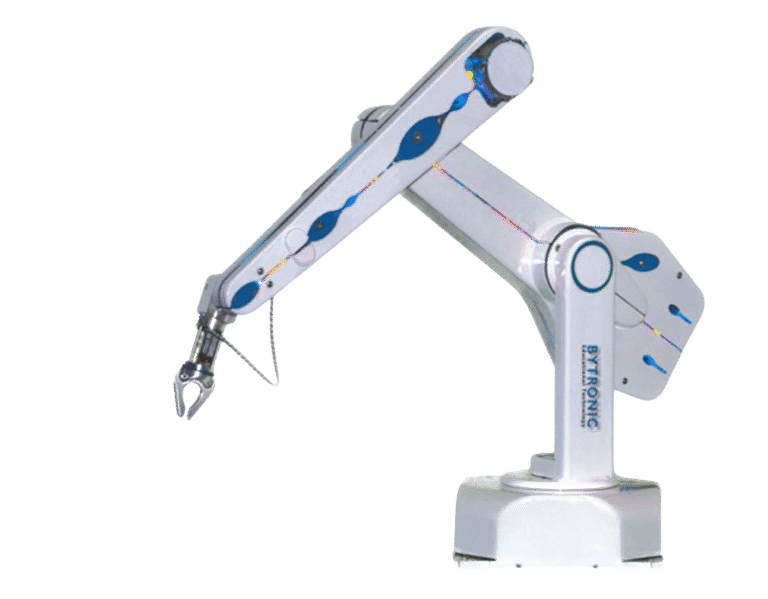
Marine, Naval, Hydrodinamic and Oceanograph
Wavemaker
for 3D Basins
The multi-element wavemaker is used to create long and short crested waves for either deep or shallow water. Piston type wavemakers HR Wallingford’s piston-type multi-element wavemakers are made up from a number of self contained eight-paddle modules. This enables them to be…
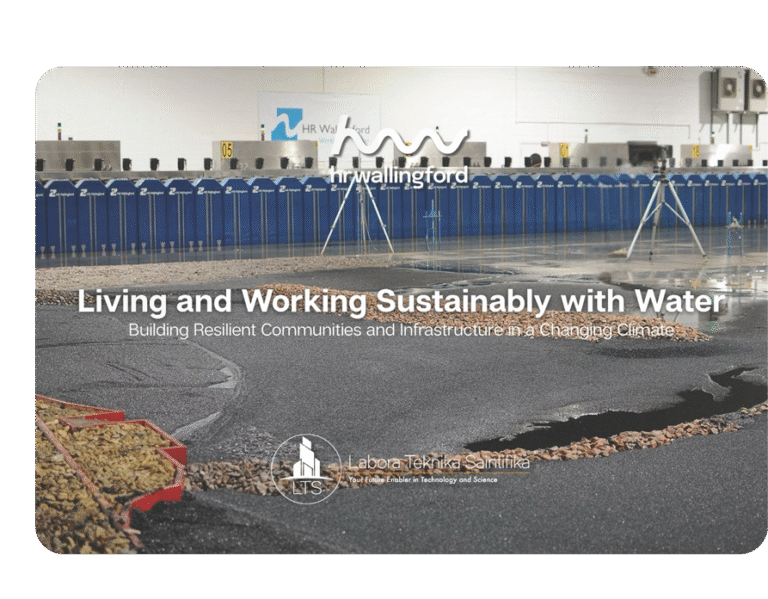
Categories
- Air Flow and Thermodynamics
- Alternative Energy
- Automation
- Automotive
- Chemical Engineering Equipment
- Communications
- Electronics, Control System and Instrumentation
- Fluid Mechanics
- Machine Elements and Theory of Machines
- Marine, Naval, Hydrodinamic and Oceanograph
- Mechatronics
- Miscellaneous Equipment
- Peripheral Devices
- PLC Trainers
- Process Control
- Robotic Arms
- Strength and Property of Materials
- Structures and Accessories
- Uncategorized
Product
Have an Inquiry?
Feel free to reach out to us. Our engineering experts are committed to serving you wholeheartedly.


